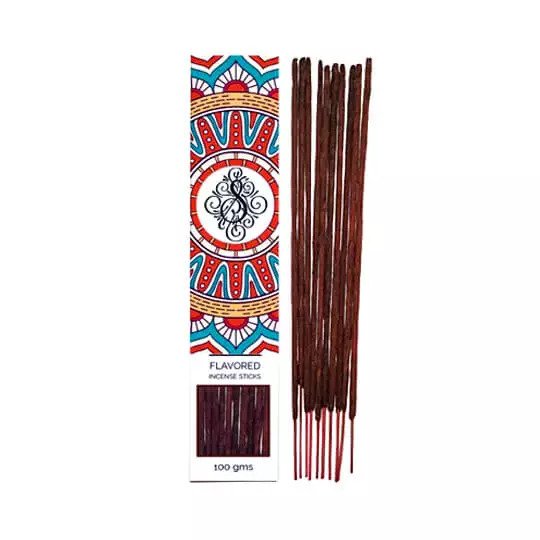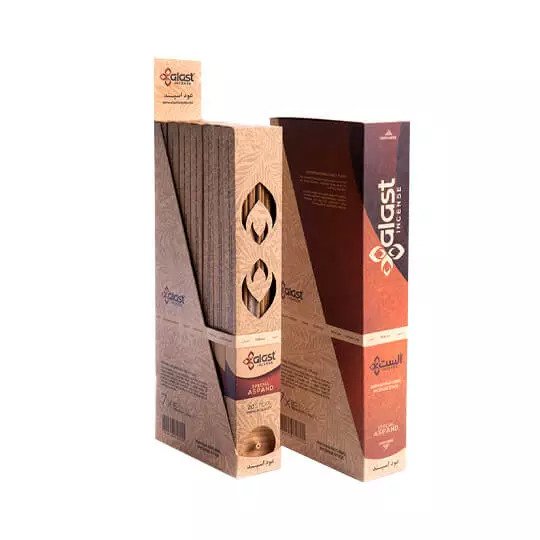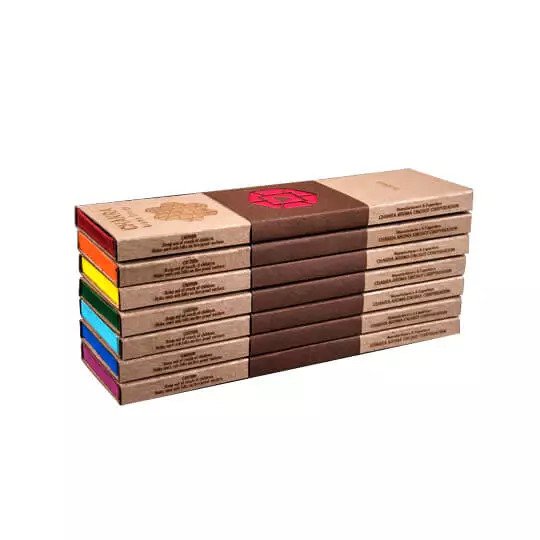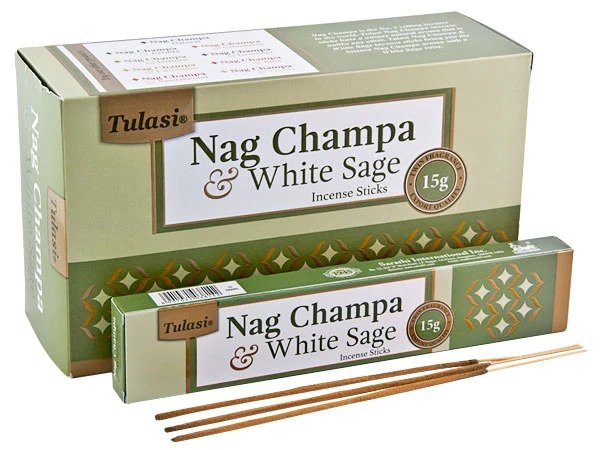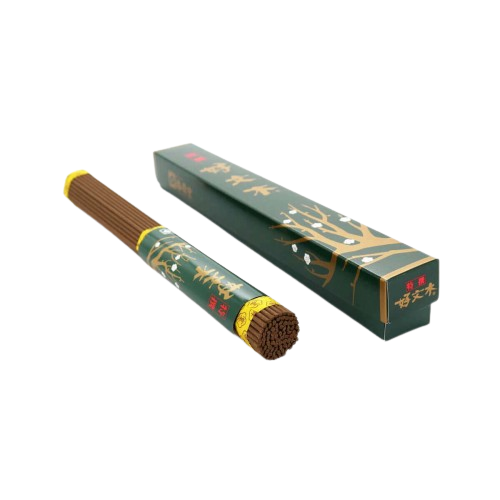Custom Incense Boxes
Our custom incense boxes are the perfect way to package and brand your product. Designed to protect delicate sticks and cones, our boxes are fully customizable, providing a professional finish that stands out and tells your brand's story.
Custom Incense Boxes
Custom Incense Boxes – The Perfect Packaging for Your Aromatic Products
Premium Packaging That Speaks the Language of Fragrance and Trust
Every incense brand tells a story — of peace, purity, and sensory experience. But before the aroma ever reaches your customer, the first encounter begins with your packaging. At Hola Custom Boxes, we help you create that story in print and cardboard. Our custom printed incense boxes are crafted to transform ordinary packaging into a tactile, visual, and emotional experience that reflects the heart of your brand.
When your incense sticks rest inside a Hola custom box, they do more than stay safe — they become part of an unboxing ritual. Designed for brands that care about presentation, perception, and purpose, our incense boxes communicate quality before the fragrance even speaks.
Precision-Engineered for B2B Brands
We specialize in wholesale custom cardboard incense packaging for incense manufacturers, retailers, and suppliers who demand consistency and excellence in every order. Whether you need 500 boxes or 50,000, our production process delivers scalable, reliable, and professional-grade results every time.
Each incense box is made from premium, durable cardboard that preserves the aroma and structural integrity of your sticks. The material feels strong in hand yet smooth to the touch, ensuring a balance between sturdiness and sophistication. We use advanced offset printing technology to bring your artwork and logo to life with crisp detail, vivid color, and flawless alignment — because B2B buyers deserve nothing less than perfection.
Your Brand, Your Way
Every incense brand has a unique personality, and your packaging should mirror that identity. Hola Custom Boxes offers complete customization in dimensions, style, and finish. From sleek slide-out drawer boxes that exude elegance to hinged-top designs perfect for retail displays, every detail can be tailored to fit your product and audience.
Add your logo, brand colors, and imagery for maximum shelf appeal. Choose from finishes like matte, gloss, soft-touch, or metallic foil stamping to create an unforgettable tactile experience. Embossed or debossed logos, spot UV highlights, and precision die-cut windows elevate your box from functional packaging to a premium brand statement. The result? A package that not only protects your incense but also tells your brand’s story at a glance.
A Trustworthy Partner for Wholesale Success
Hola Custom Boxes isn’t just a printer — we’re your packaging partner. We understand the demands of wholesale incense suppliers and retailers: consistent quality, competitive pricing, and dependable timelines. That’s why our process is streamlined for bulk production efficiency without sacrificing craftsmanship.
Our clients trust us for:
-
Low minimum order quantities (MOQs) for small businesses scaling up.
-
Fast turnaround times that meet tight retail schedules.
-
Free design consultation with packaging experts to perfect your artwork.
-
Secure shipping and quality assurance on every order.
Every batch of incense boxes undergoes a multi-point inspection to ensure printing accuracy, precise cutting, and consistent color tone across your order. When your customers unbox your incense, they experience nothing but perfection — and that translates into loyalty, trust, and repeat business for you.
Built on Sustainability and Integrity
Today’s incense customers care about wellness, nature, and mindfulness. We believe your packaging should reflect those same values. That’s why all our incense boxes are made from 100% recyclable, biodegradable cardboard, using eco-friendly inks that are safe for your product and the planet.
By choosing sustainable materials and processes, you don’t just reduce your environmental footprint — you enhance your brand’s credibility among conscious consumers. Each box tells your customers that your business aligns with their values of purity and preservation.
Designed to Protect, Built to Impress
The packaging of incense isn’t only about aesthetics — it’s about preservation. Our sturdy cardboard construction shields incense sticks from moisture, dust, and breakage, while maintaining the fragrance integrity during transit and display. Whether you’re shipping across states or stocking boutique shelves, your incense remains safe, fragrant, and presentation-ready.
We design every structure with precision fit and clean edges, ensuring easy assembly and secure closure. Optional insert trays or partitions keep sticks aligned and protected, ideal for premium collections or multi-scent assortments.
Sensory Storytelling Through Packaging
The first impression of your incense brand begins before the scent ever reaches your customer’s nose. A smooth matte texture under the fingers, metallic lettering that glimmers in soft light, the silky slide of a drawer-style box revealing neatly packed sticks — these are sensory cues that create emotional connection. At Hola Custom Boxes, we understand how to make packaging feel alive, memorable, and emotionally resonant.
Our design experts help you create packaging that enhances not just visual beauty but sensory experience. Every surface, color, and texture is chosen to align with the peaceful, aromatic world your brand represents. The result is more than packaging; it’s an experience that customers want to hold onto.
Why Leading Brands Choose Hola Custom Boxes
In a competitive incense market, presentation defines perception. Our packaging helps brands rise above the noise with clarity, class, and confidence. With Hola Custom Boxes, you gain a production partner who understands not only design but also business. We focus on quality that converts — helping your incense line stand out in crowded marketplaces and strengthen your professional reputation.
We’re proud to serve hundreds of B2B clients across industries that rely on incense as a cornerstone of their product lines. From boutique aromatherapy labels to bulk spiritual supply stores, our boxes have become silent ambassadors of brand excellence.
Ready to Elevate Your Incense Packaging?
At Hola Custom Boxes, we make it simple: share your design idea, select your style, approve your proof, and receive beautifully printed boxes delivered on time. Your packaging will no longer be an afterthought — it will be a brand asset that attracts, impresses, and sells.
Let your incense shine in packaging that radiates professionalism, care, and craft. Because when presentation meets purpose, your product doesn’t just get noticed — it gets remembered.
Hola Custom Boxes – where scent meets sophistication.



